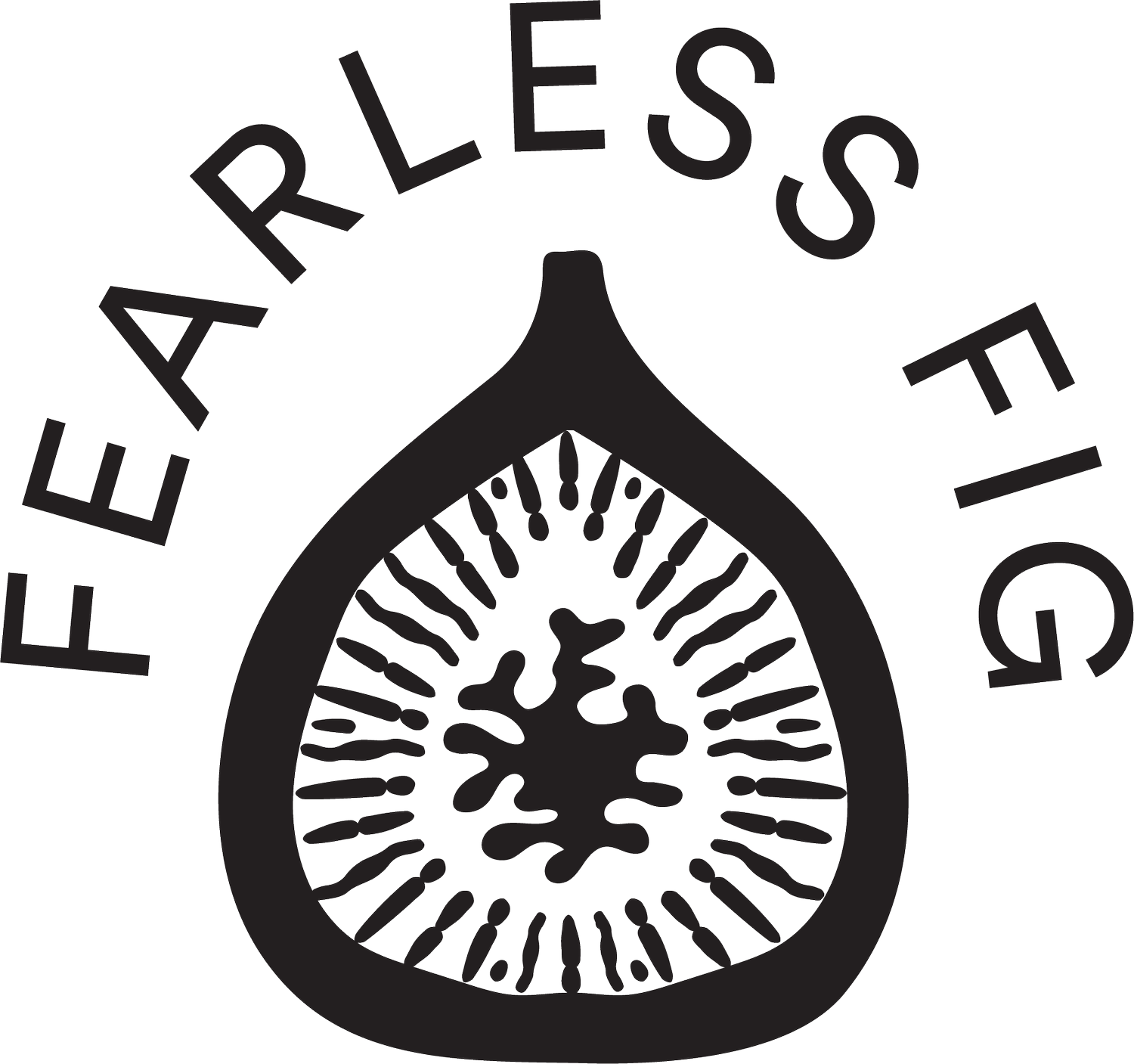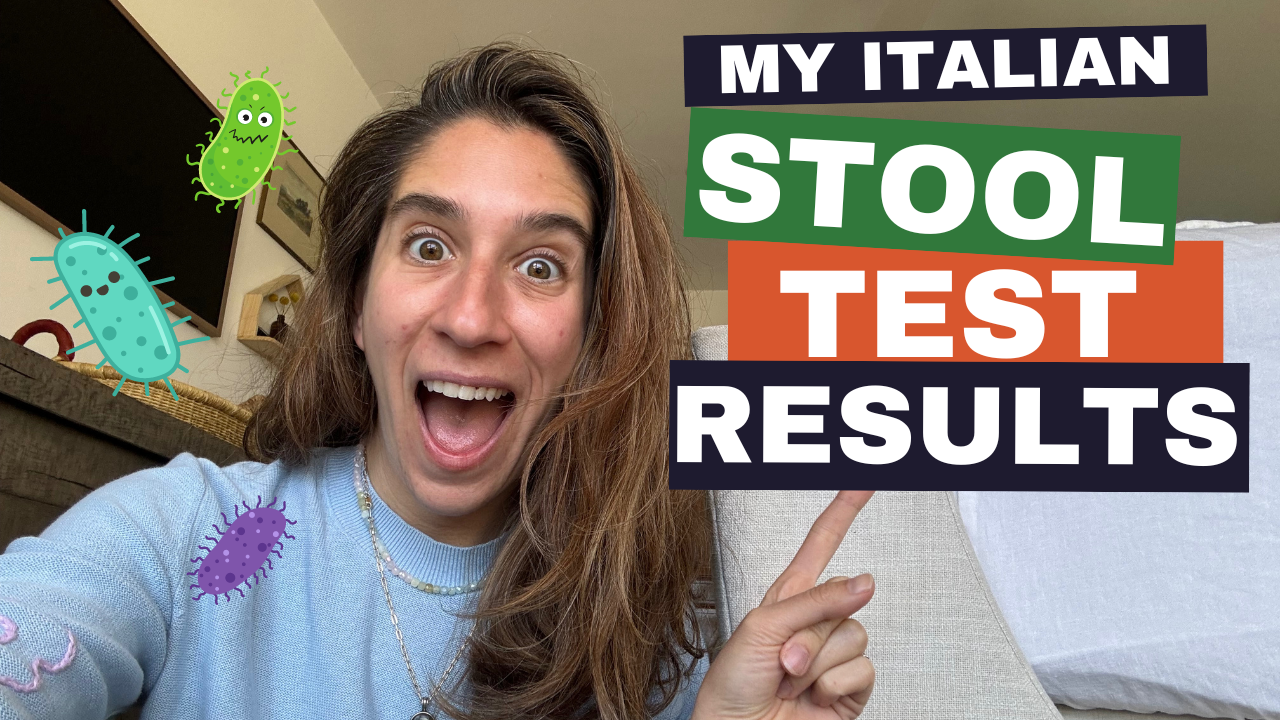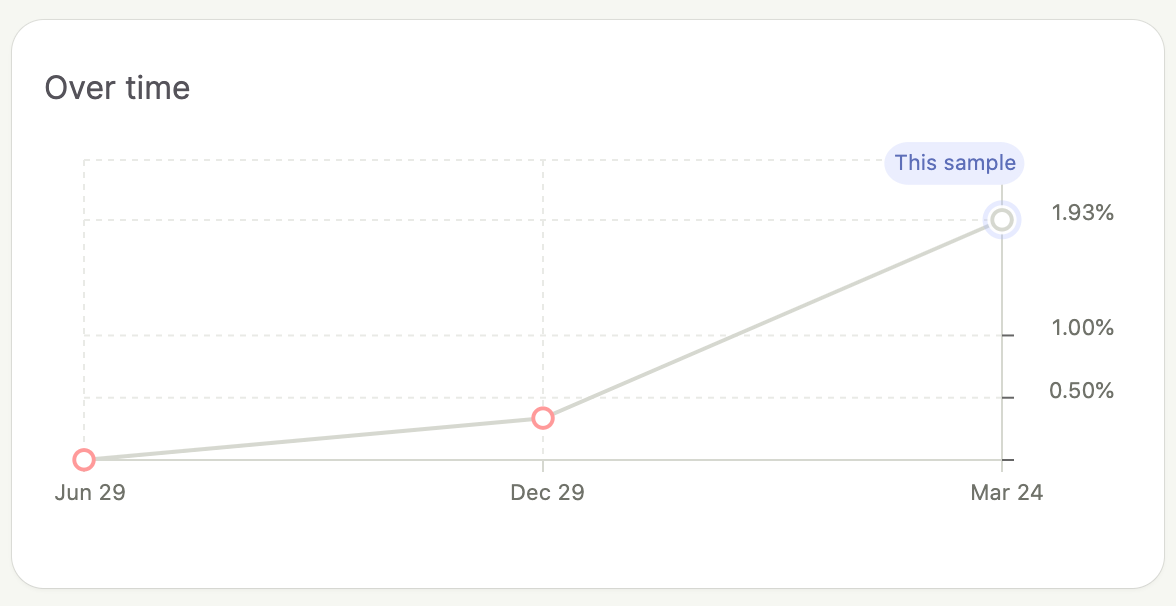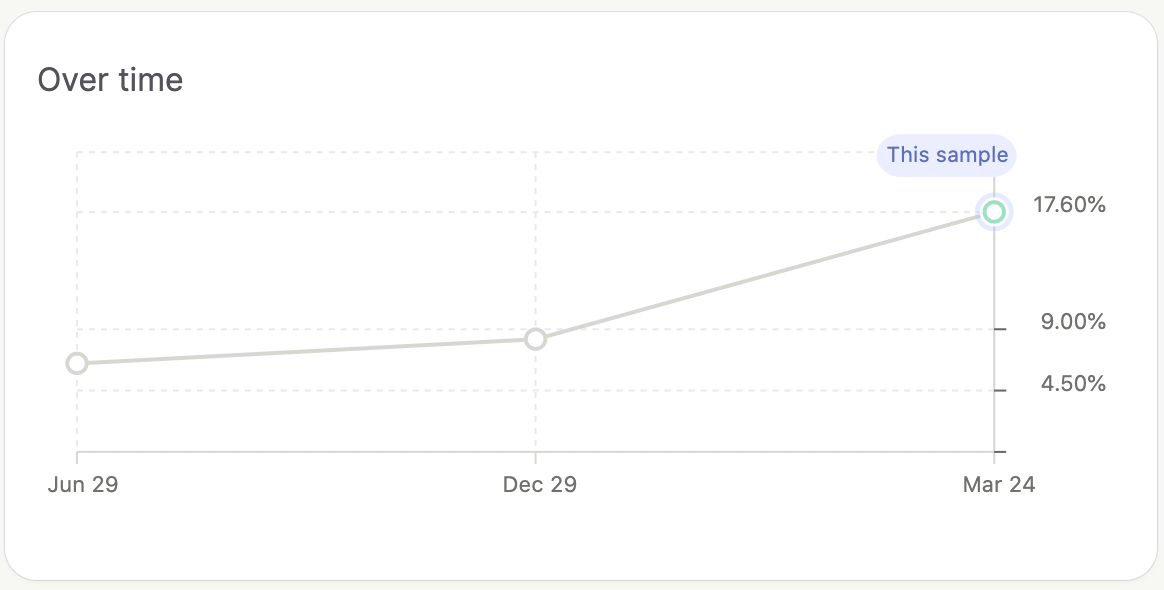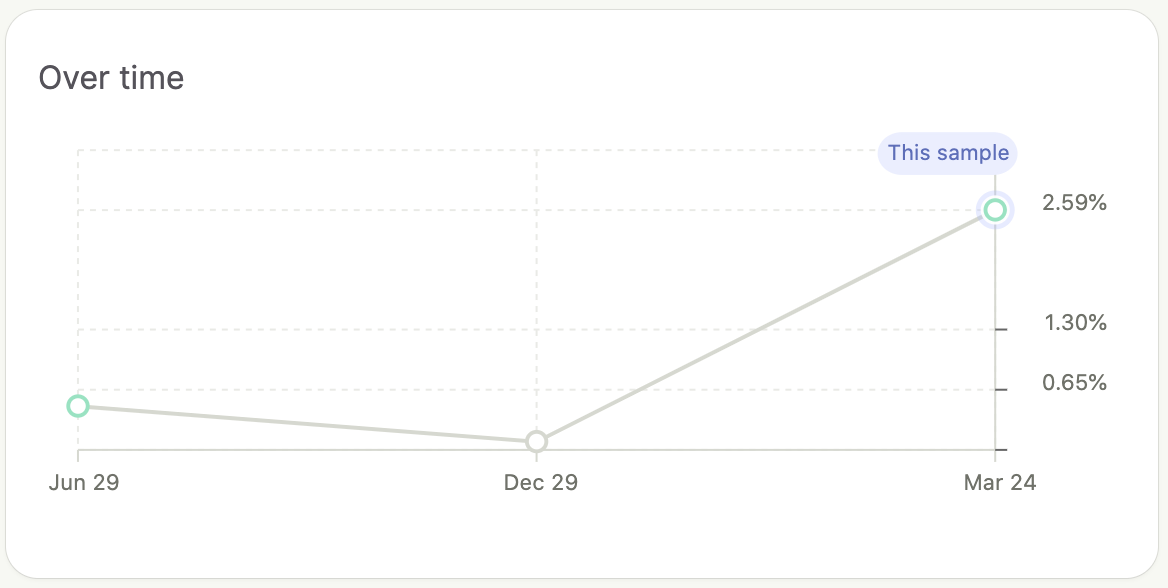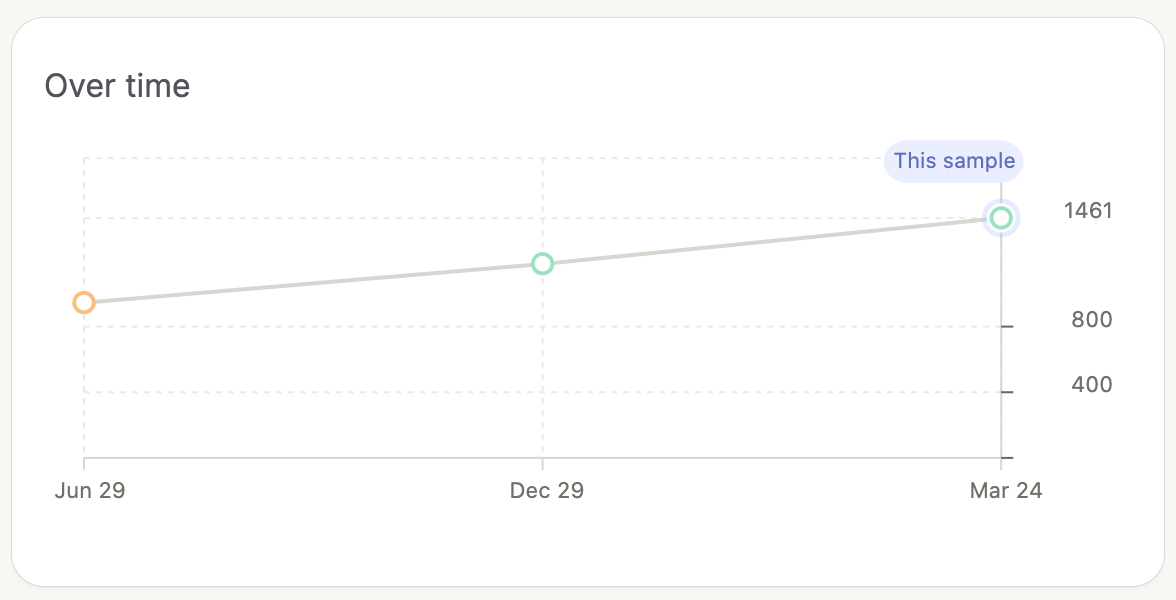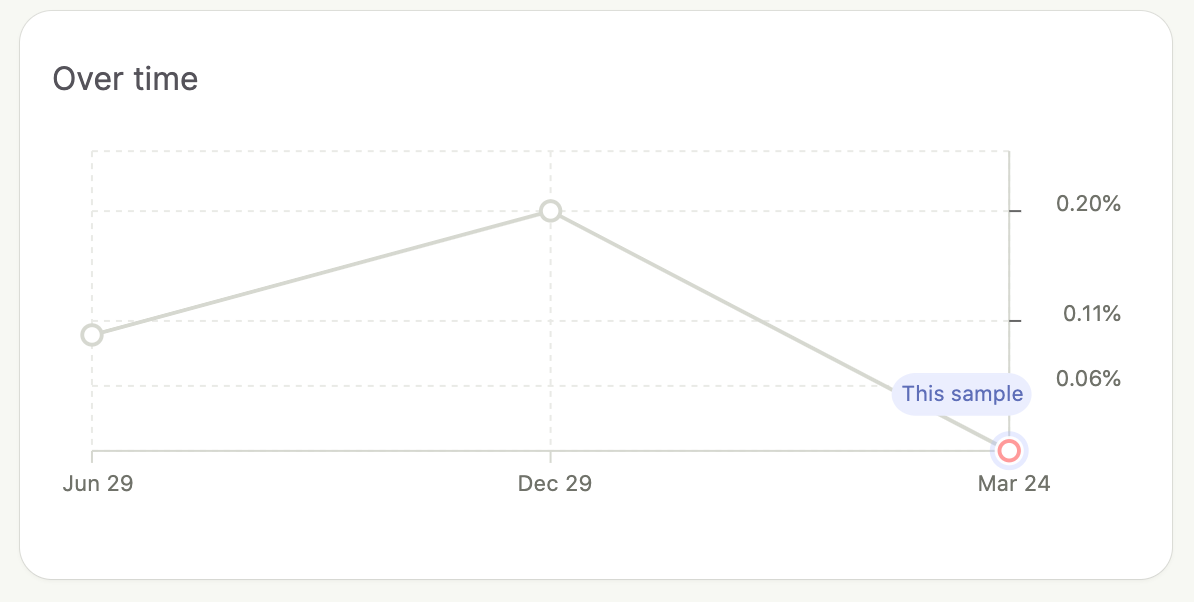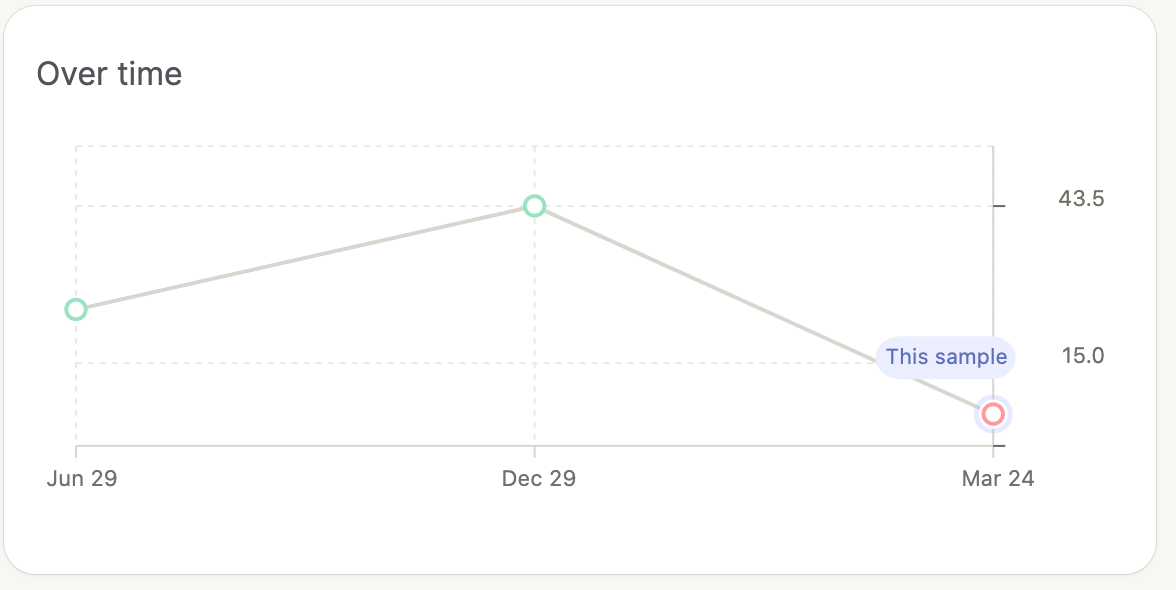Stool Test Before and After
Being a total microbiome nerd, I wanted to see what the impact on eating an exclusively Italian diet would be on my microbiome. Living in Italy for 3 months gave me the opportunity to see how a gluten-heavy diet would change the diversity and health of my microbiome. Read along to find out the good, the bad and the ugly when it came to the impact an Italian diet had on my American microbiome.
Setting the Stage
One week before we left for Italy (Dec 29th), I took a stool test. I wanted to capture my microbiome before any changes were made. Four months prior to this stool test, I had stopped taking supplements: no probiotics, no digestive support, no prebiotics, so I could get a clear understanding of what my little gut bugs were up to. When we arrived in Italy my diet drastically changed. I went from eating a gluten-free, corn-free, dairy-free and soy free diet with lots of veggies and fruits to a primarily gluten diet with light dairy, soy, fruit and vegetable intake. I never ate more gluten and dairy in my entire life as I did during my time in Italy. Eventually, I did have to cut back on the dairy as it was making my skin breakout, but otherwise I felt pretty good. I should also mention my lifestyle changed. I was walking everyday for at least 30 minutes, I was deeply connected with my community, my child was thriving and I spent a lot of my days wandering around Florence, taking baths or being immersed in creative work. All of those things impact microbiome diversity.
My typical diet consisted of home-made pastries for breakfast with chamomile tea, pasta + lean protein for lunch or a sandwich with priscutto and cheese and dinner we typically made at home which was a vegetable + glutenenous carb and lean protein. I would snack on sweets and chocolate because I have a massive sweet tooth.
Two days before we left Italy (March 24th) I took another stool test, mailed it in when we got back to the States (so yes, I did fly with my stool sample) and then excitedly awaited my results. Well after a couple weeks I got them back and here are the biggest shockers!
The Results
I was actually floored by the results. I had an improvement in Bifiobacteria and therefor my ability to digest HMO’s, improvement in Faecalibacterium and Roseburia. My Akkermansia levels plummeted along with my ability to digest IMO’s.
If you want to dive a little deeper into the science and each specific bacteria, read on…
Bifidobacteria
My levles of Bifidobacteria sky-rocketed, specifically Bifidobacterium adolescentis and Bifidobacterium longum. This is a very good thing. Bifidobacteria is a keystone species and is needed for a healthy microbiome. Bifidobacteria helps digest fiber, prevent infections, and produce important compounds, such as B vitamins and healthy fatty acids. This species feeds on resistant starches and fructo-oligosaccharides which are in high levels in wheat and barely. Historically, Bifido was very low for me, which was problematic for my child because Bifido is one of the most important bacteria for a baby. He did have low Bifido levels until I put him on a prebiotic and incorporated more gluten in his diet. From June to December I took a specific pre-biotic that helped levels increase, but the gains from being in Italy took me from an OK level to a robost level. Very happy to see this.
Faecalibacterium
Another keystone species that was significantly increased. Faecalibacterium is butyrate-producing bacteria that is important for the health of intestinal lining, protecting the body from disease and producing anti-inflammatory metabolites. They are also butyrate producers which support immune system function and the structural integrity of our gut.
Roseburia
Another slam dunk. This bacteria spiked in the best way possible. Roseburia is responsible for taking fiber and converting it into short-chain fatty acids like butyrate, proprionate and acetate. These are protective to the gut lining and enhance immune function. Historically, these levels have been low, so I am very happy to see my ability to make SCFA’s increase with the increase of roseburia. There has also been a correlation to low levels of roseburia and increased allergies. I wonder if the increase in this bacteria has also had an impact on the general improvement of my allergies.
Ability to Digest Galactooligosaccharides (GOS)
This has been on a steady increase which makes sense from Jun-Dec since I was taking a prebiotic that contained GOS. What is really interesting is that when I stopped taking it and changed my diet, it continued to increase. Way to go Italy!
GOS is a prebiotic that is resistant to digestion, it moves through the GI tract and feeds bacteria like bifidobacteria. This makes sense since I had such a significant increase in overall bifido levels.
Akkermansia
This bacteria went way down, like back to non-existant. This was something I have been working on raising for a couple years and was finally successful with a specific prebiotic blend of FOS, GOS and XOS. Akkermansia is a very important and protective bacteria. It produces short-chain fatty acids that protect the integrity of the gut lining. It also helps remove old mucus in the gut lining to enhance digestive and immune function. Akkermansia is often a bacteria that I see in low levels in people with digestive imbalances.
Ability to Digest IMO’s
Another marker that plummeted. Having a high potential to digest IMOs means that the bacteria in my gut can take complex sugars and turn them into gut-protective compounds. Without this ability, I can potentially experience more bloating and discomfort.
Conclusion
Overall, there were some amazing take-aways from my stool test before and afters. It really has made me consider the long-term impact of a gluten-free diet when it is only a sensitivity and not an allergy. I realized if I can tolerate high quality gluten foods in small amounts, I am enhancing the health of my overall gut.
After reviewing the results of this stool test I decided I am going to incorporate more high quality sources of gluten like organic sourdough bread, organic whole wheat pasta and organic and locally-made baked goods. I will add in fermented foods daily like saurekraut, pickles, water kefir, dairy-free kefir and very occasionally organic European sourced yogurts. For supplements, I will re-start the prebiotic I was taking to boost Akkermansia levels. Daily gentle movement like walking, is a non-negotiable and I will focus on building deep connections with my immediate community. More women’s full moon circles, more dinners, more laughter and joy. You can really learn a lot from when you pay attention to the little bacterial families in your gut!
Ready to breathe life back into your gut?
Learn more about our Digestive Attunement program and get on the list to be first in line when we launch our application program next week!

